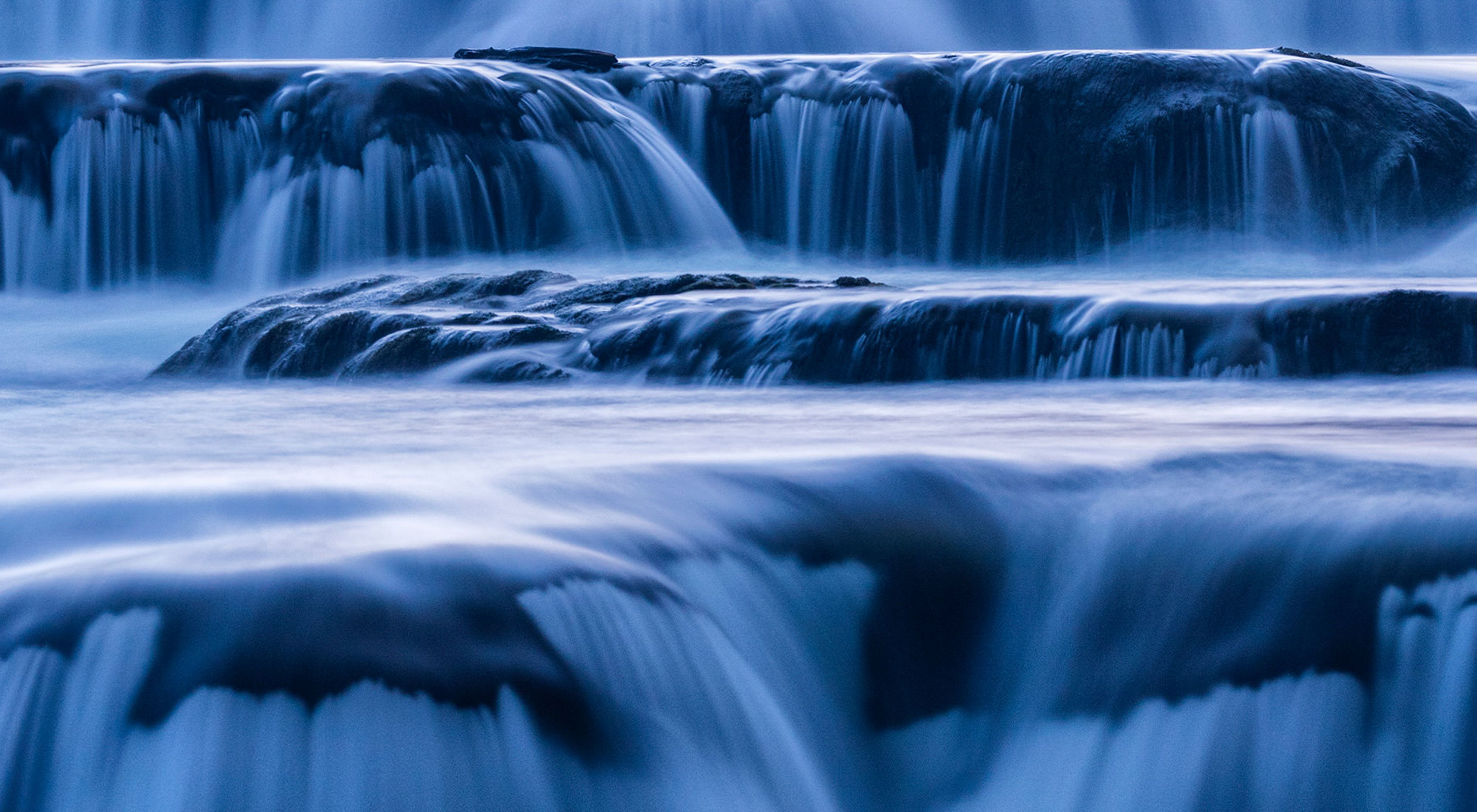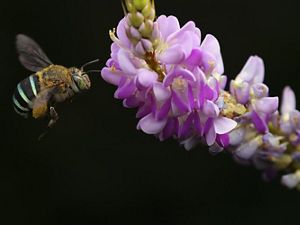It is no small coincidence that when the directors of the film version of Chronicles of Narnia were searching for a location to film a dream-like river, they settled on a river in Southeast Europe.
While it happened to be the beautiful aqua-blue Soča River in Slovenia that they chose, it could just have easily been the Tara River in Montenegro, the upper Neretva River in Bosnia-Herzegovina, the Vjosa in Albania, or any number of other rivers and streams in the region — they all share the quality of being dream-like, beautiful and largely a secret to most of the world.
While Southeast Europe’s rivers are not often identified in the canon of the world’s most treasured natural areas such as the Great Barrier Reef, Amazon Rainforest or the Florida Everglades, it is of no fault of their own. The region’s tumultuous political history often casts a long shadow over its natural and cultural splendor: the name “Sarajevo” unfortunately tends to conjure up tragic images of the Yugsolav wars more readily than images of beautiful mountains, cafés and the 1984 Winter Olympics.
Southeast Europe refers to the Balkan Peninsula of Europe, an area that is variably defined, but essentially refers to the area sandwiched between the Adriatic and Ionian Seas to the west and the Aegean and Black Seas to the south and east, which includes the countries of former Yugoslavia, Greece, European Turkey, Albania, Bulgaria and part of Romania.
It is a land of stunning natural beauty and rich cultural heritage. Pristine beaches can be found a short distance from karst meadows, lakes and mountains blanketed in mixed forests of beech, black pine, oak, walnut and maple. Bears, wolves and lynx still roam the forests, and large aquatic predators such as the Huchen (commonly referred to as “Danube Salmon”, despite not being a salmon) still swim in its streams.
The region’s complex geography, geology and history as a crossroads for migration (of species as well as people) have led to an incredible array of freshwater biodiversity, including many endemic species. New species are still being found today as many places in the region have not been properly biologically surveyed. As journalist Arthur Nelsen said, “More is known about rivers in the Amazon than Europe’s last wild waterways in the Balkans.” The wealth of freshwater biodiversity, and the unique intactness of the region’s rivers, earns it the nickname of being the “blue heart of Europe.”
Over the past several centuries, most of Europe’s natural waters have undergone extensive modification for navigation, flood control, agriculture and hydropower. This modification has occurred at such a scale that free-flowing rivers are themselves quickly becoming an endangered species across much of the European continent. Southeast Europe is the major exception. There, political and economic conditions throughout the 19th and 20th centuries slowed the pace of development and river engineering that occurred throughout central and western Europe, as well as the United States. What would become an irrigation ditch or canal in Austria or the United States was to remain a stream in Albania or Montenegro.
Today, the region is at another crossroads.
Southeast Europe is now on the brink of a hydropower development boom of global proportions, with hundreds, if not thousands, of new hydropower projects planned and under construction. Our reports, Connect and Flowing and The Power of Rivers, show that the region is a hotspot for hydropower proliferation; ranking among top development regions with Southeast Asia, the Himalayas and South America. Further, a recent study has shown 16 coal power plants in this region alone are producing more pollution than all 250 coal plants in the European Union. With growing domestic energy needs, commitments to renewable energy development, and ambitions for a large energy export to the major economies in neighboring countries, the one thing that is certain is that energy development will happen. What remains to be seen is the way it will happen.
The stakes are high, the world is watching, and now is the time to get things right. While the Conservancy sees immense challenges ahead for the region, we also see immense opportunities. The Conservancy is working in Southeast Europe alongside partners such as WWF to deliver a suite of river protection, restoration and renewable energy planning tools. With our solutions we are combining scientific analyses, policy tactics and community engagement to avoid future high impact hydropower development, while restoring and protecting the region’s important rivers. We help design systems that include protected rivers, restored rivers and landscapes that sustainably support renewable energy projects. Our approaches help governments connect with their citizens and consider all opinions to develop a pathway for renewable energy and its natural environment that is prosperous and sustainable for their country.
In light of the Paris climate talks, and the ongoing European Union’s Biodiversity Strategy, countries have set new targets for increasing renewable energy while making commitments to protecting and restoring their rivers. In order to meet these ambitious goals, governments will need to put in place proactive strategies to coordinate and guide development. The Conservancy has expertise in freshwater protection, barrier removal and renewable energy planning, and we believe Southeast Europe presents an excellent opportunity to pioneer and demonstrate a new global sustainable development model for integrating climate, water, land and renewable energy targets.
Demonstrating how this can be accomplished in a way that conserves natural beauty and diversity will not only make a difference in the region, it will help the Conservancy tell the story of a new sustainable development paradigm to protect and power the planet in the smartest way possible for people and nature.
But to get there, we’ve got to move quickly or we’re going to sink like stones.


